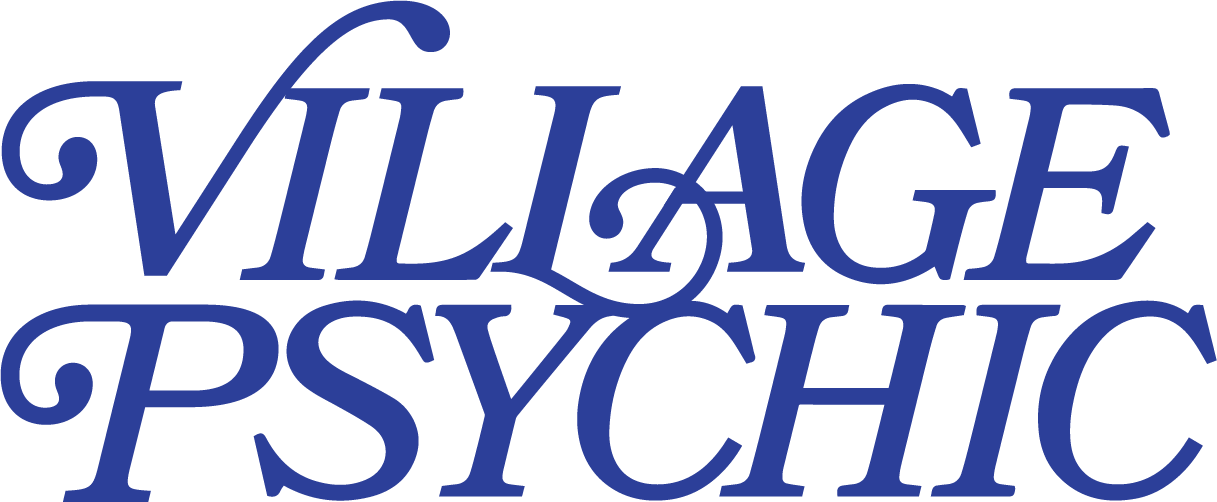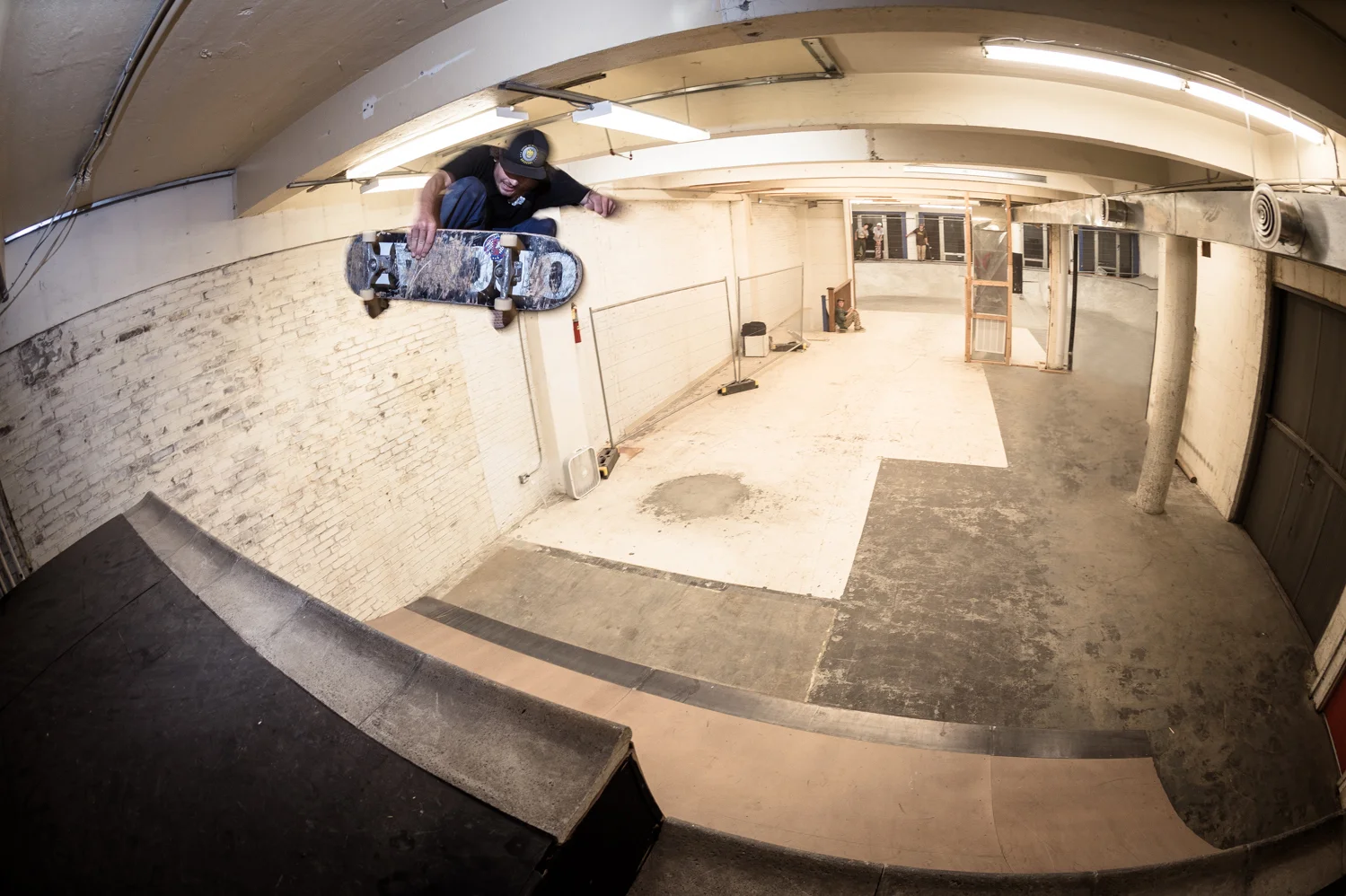Get Your Own Indoor Spot
It can be done. Long Island City DIY spot. Photo: NY Skateboarding
Winter makes skating outside tough, and places to skate indoors are scarce. You become stripped of your routine of drinking coffee, skating flatground and debating where to skate, and now have an excess of free time until it gets warm out again. You might dabble in the usual winter pastimes: girlfriends, relentless hounding of that friend of a friend who might be able to get you in at House of Vans, consumption of alcohol, or working on your skate art portfolio.
Or you and your friends could work on getting your own place to skate inside.
The first step is defining what you want to build. Pat Smith, who has been involved in indoor projects in New York City for over a decade in addition to owning Coda Skateboards, said that having a plan for the space before it’s ready to skate is a lesson he’s learned along the way. “It’s best to have a clear goal of how you want the space to function,” he said, “either run it like a private club, and then it feels like you’re going to the gym, which is not fun, or you can go the opposite where it’s this cool, creative loft space where everybody can do whatever they want.” Materials, rent and utilities are going to add up quickly, so having a simple business plan mapping out how to cover bills will cut down on headaches.
Unless you’ve ended up in the right place at the right time and already have keys to an empty warehouse, the next step is to find somewhere to build. You can scour the outskirts of town for a cheap warehouse, but also keep an eye out for vacant buildings that look like they could be demolished. Mount Weather, an early winter TF in Brooklyn founded by Steve Rodriguez, Bobby Puleo and Smith in 2004 was a three month lease to a building slated for demolition. It lacked all amenities except the most basic: a dry place to skate. “The plumbing didn't work. Nothing worked,” Smith said. “The lights came on and that’s all we needed.” They offered the landlord three months rent “to do nothing” and with some funding from Emerica, there was somewhere to skate when there was snow on the ground.
Concrete was built, bert slides were done. Photo: NY Skateboarding
The Long Island City DIY spot from last winter was also a byproduct of a stalled demolition and an empty building. The building was family owned, Smith explained. “The guy skated and was like ‘I want to build a mini ramp’ and I said I would build it if I could skate it too,” he said. “and then we just started going crazy in there. We were like, 'You have this much room and you want to build a mini ramp?'.” Smith convinced him to open the space up to keyholders paying a flat rate for the winter and used the money for ramp building materials. But as the space grew, things started to get out of hand. Keyholders were bringing in carloads of friends, randoms were showing up without contributing money (or at least beer) and the owner became increasingly frustrated with the chaos. He had to play the role of bad guy and kick out some of the randoms, saying in hindsight that part of the tension could have been alleviated with clearer rules for the space. “Somebody has to be in charge and lay down the rules,” Smith said. “What happens is you put a lot of time an energy into a passion project and you see other people come and take advantage of it or not contribute and you’re left with a moral dilemma.”
Another dilemma, though not as serious as whether to kick your fellow skateboarder out of a spot, is what to build with. “[Concrete] Is probably not legally allowed,” Smith said. “In LIC, the first thing you’d see when you walked in were work permits that said "no concrete allowed". We were like 'Fuck it.'” Wood is easier than concrete for most people, both because learning how to pour concrete has it’s own learning curves and because it’s not permanent. It’s also reusable after a temporary space closes ramps can be donated to skateparks or elsewhere in the skate community.
By all means, start a DIY indoor spot. Just make sure there's enough room for guys like Emmett Bleiler to do fronstide airs. Photo: Rob Collins
In Boston, Orchard Skateshop was able to parlay being a fixture in the local business and skate community into opening The Orchard Conservatory, a free indoor skate space for the winter. Developers offered to lease a building slated for demolition to Allston Village Main Streets, a local nonprofit, earning a tax break and community goodwill in the process. Orchard was tapped as one of the businesses that could potentially use the space, which resulted in two floors being allocated for a popup skatepark.
Unlike the illegal concrete quarterpipes at the Long Island City DIY spot, the skatepark is all zoned correctly and all the legal bases are covered. Armin Bachman, one of the owners of Orchard, said that working with a 501(c) nonprofit was crucial to the whole process because companies could donate services in exchange for tax breaks. “Converse came through with a big chunk of the seed money to get it going,” he said, adding that a project manager for one of the contractors working on the building took a liking to the project and threw her support in as well. “With her company’s pull they were able to get a lot of their subcontractors on board and we got almost everything donated.” Everything, in this case, is wood, granite to top ledges, concrete and geofoam, which serves as a foundation / fill for the concrete transitions.
While the contractor for the project was a general construction company, the concrete transitions and skatepark obstacles were subcontracted to local skatepark builders. “It’s kinda creating jobs in a sense,” Bachman said. “And it all went back into the hands of skateboarders.”
Starting your own indoor skate space might seem like an overwhelming and impossible project and it probably is if you go at it alone. But if you can work with like minded people towards the same goal it’s attainable. “If it’s an empty space, you can turn it into a skatepark,” Smith said “Legally or illegally.”
Written by Ian Browning



